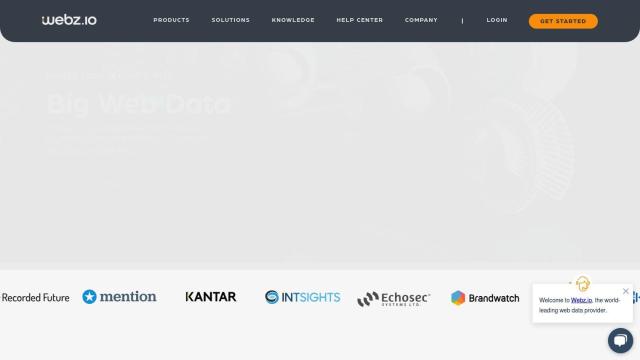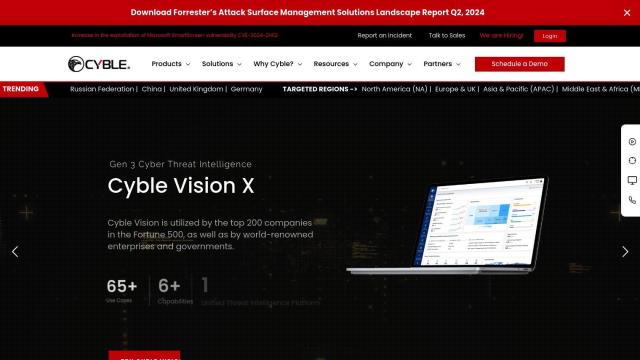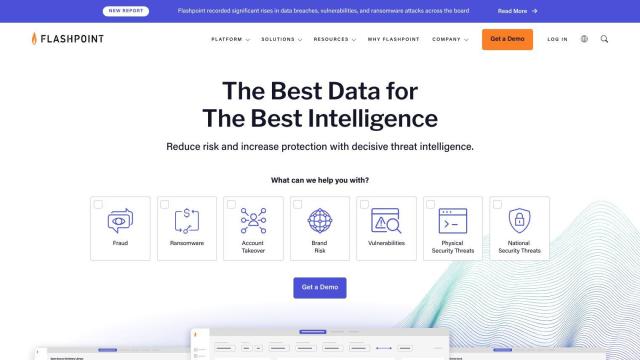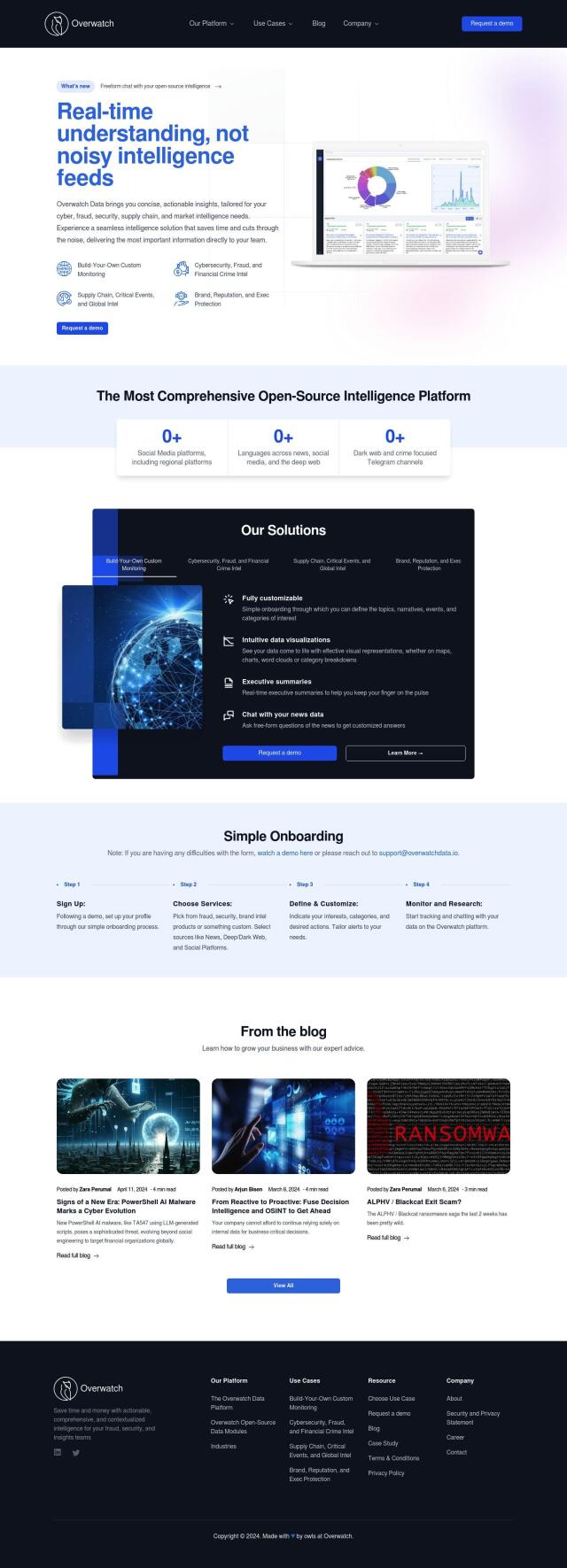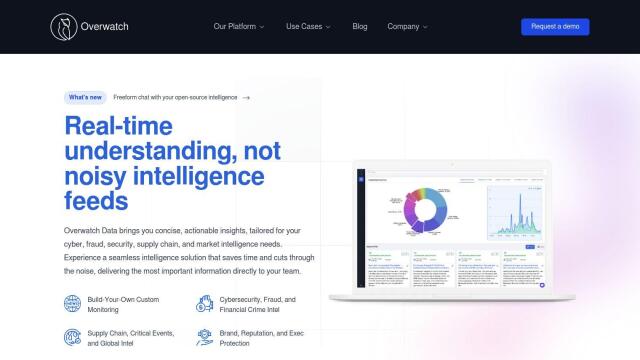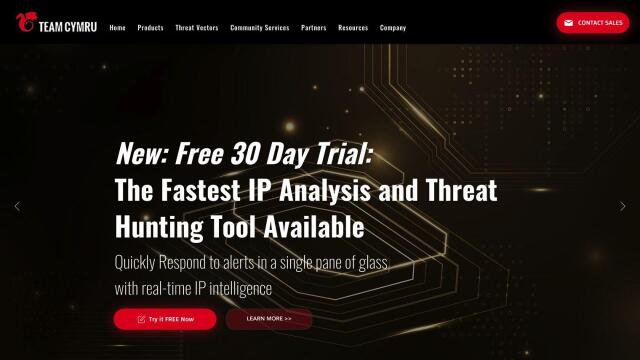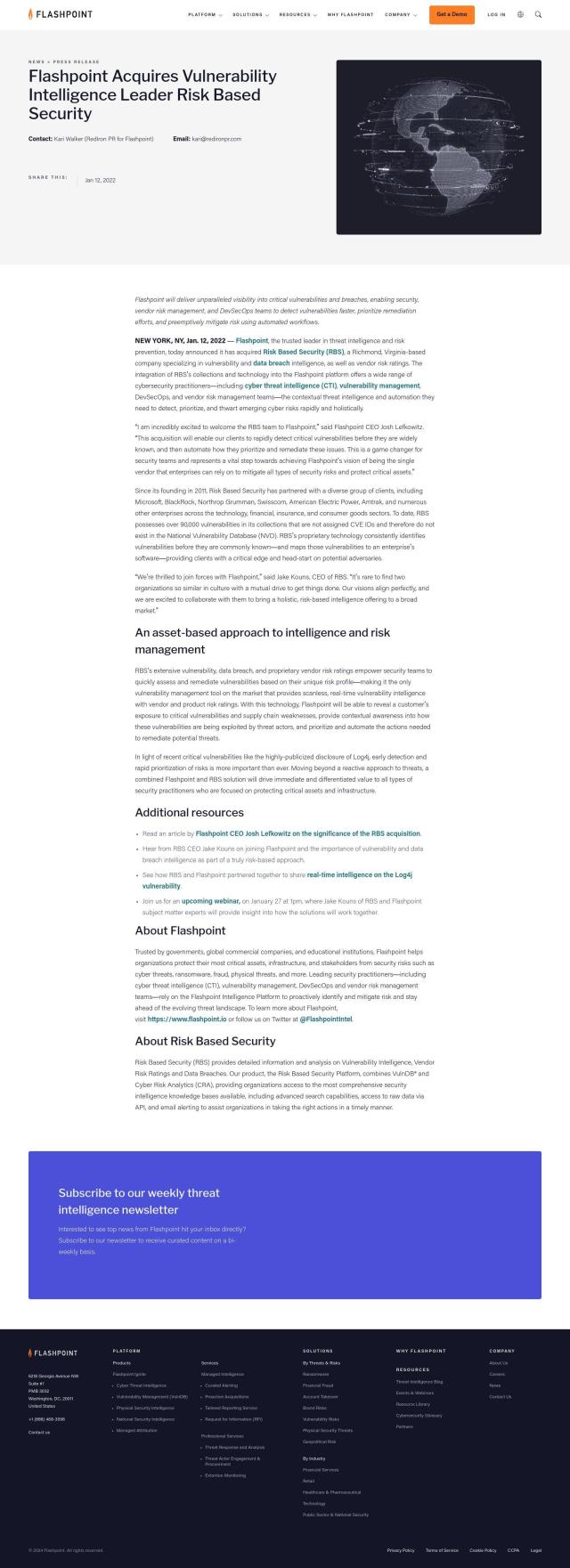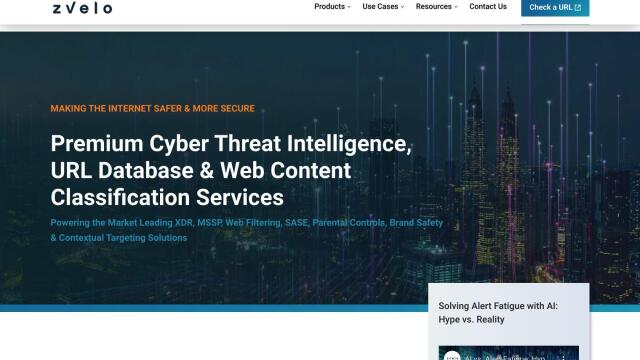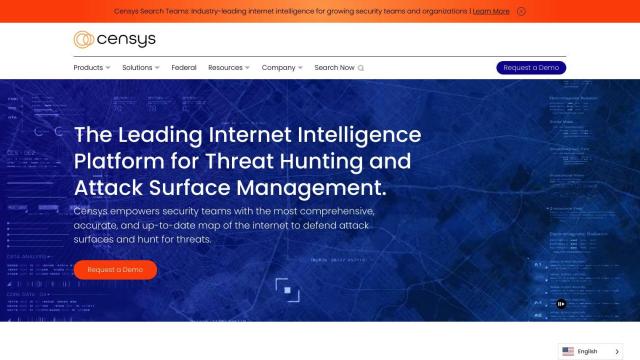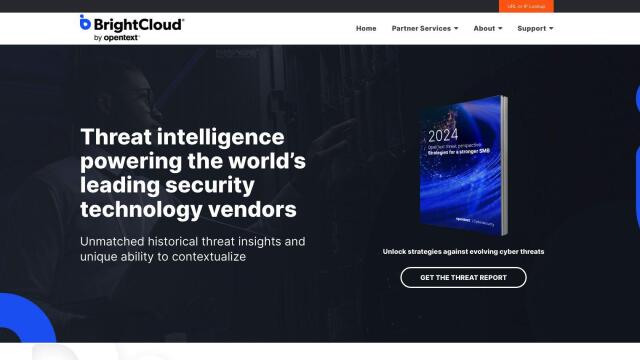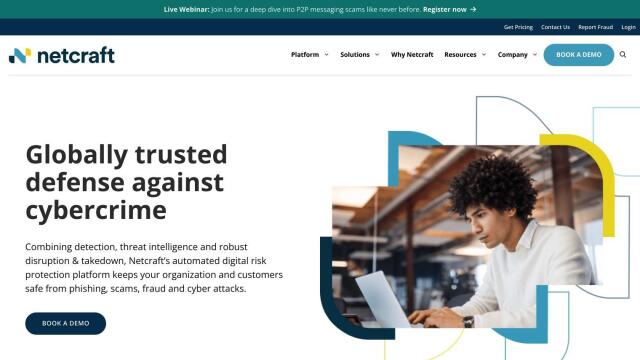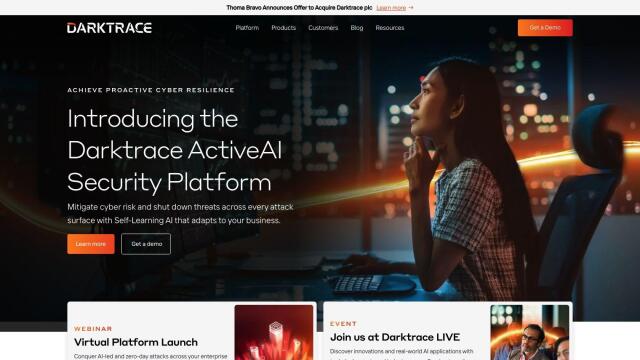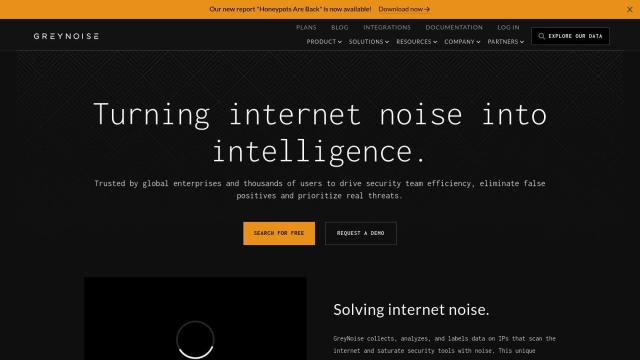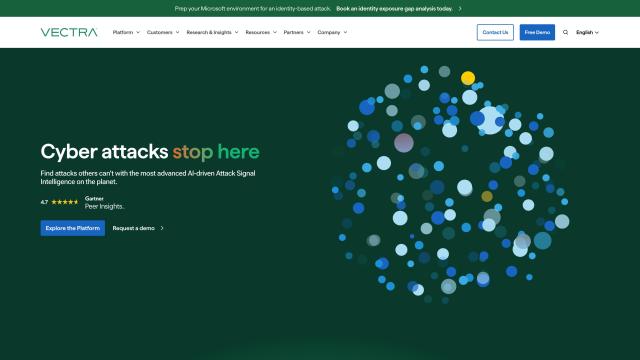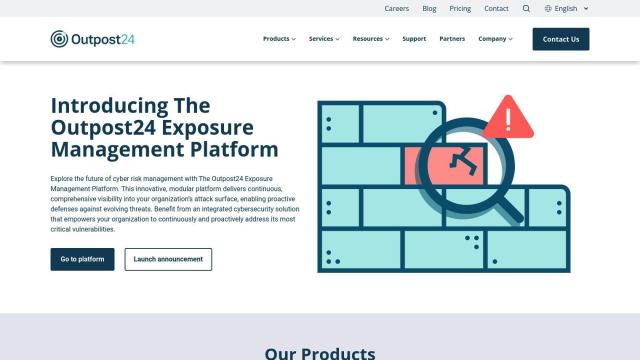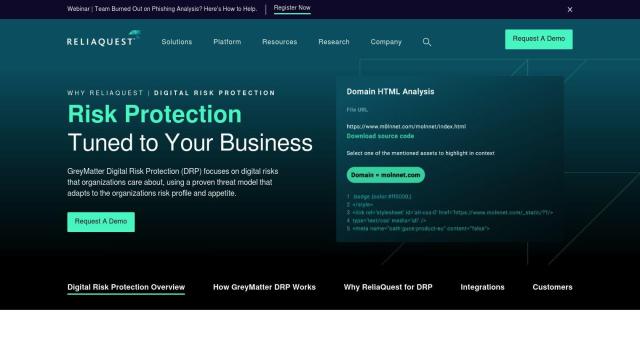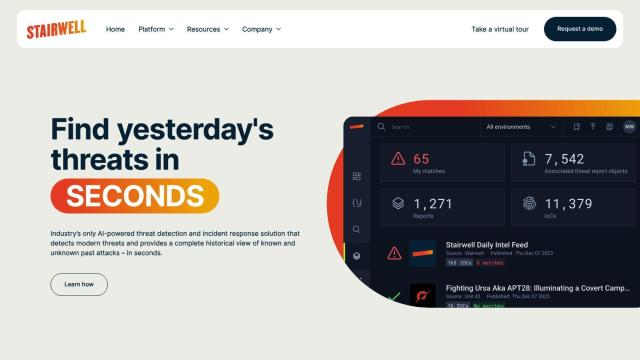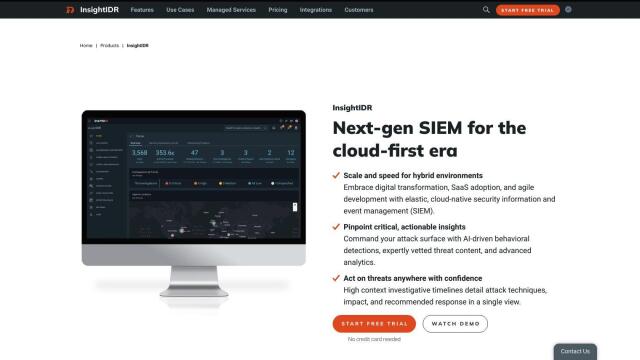Question: Do you know of a tool that offers contextual threat intelligence across multiple layers of the web, including the clear, deep, and dark web?

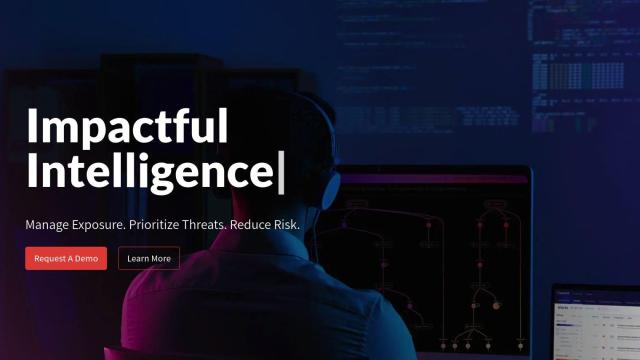
Cyberint
For a tool that spans all the web's layers -- clear, deep and dark -- Cyberint is a good example of a broad threat intelligence tool. It collects threat intelligence from those sources, as well as from social media and other sources, and offers it as a single platform for making decisions. Cyberint offers features like attack surface management, phishing detection and vulnerability intelligence, and is geared for industries like financial services and healthcare.

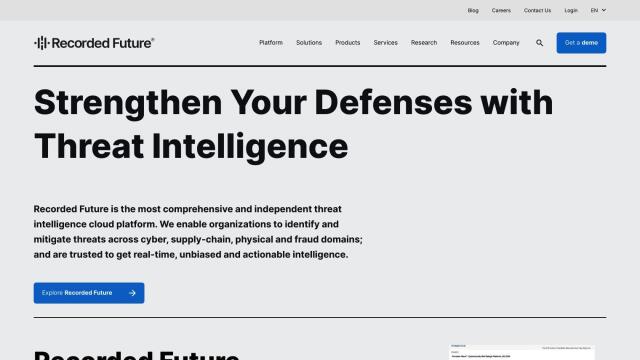
Recorded Future
Another powerful option is Recorded Future, which offers a threat intelligence platform. It collects, processes and analyzes data from the dark web and open web to offer insights that can be used by customers. Recorded Future's Intelligence Graph and automated security workflows let customers reduce risk in the cyber, supply-chain, physical and fraud domains, and it offers real-time intelligence and predictive threat anticipation.

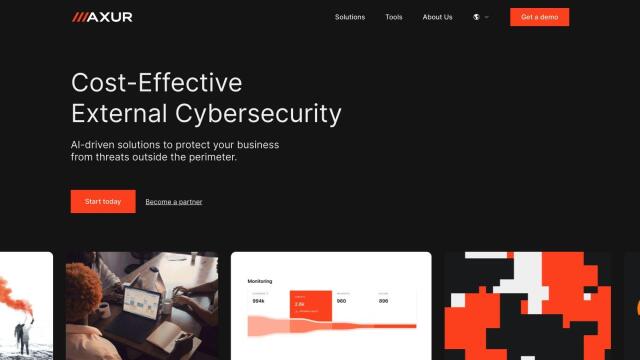
Axur
Axur is another contender, using AI to monitor and remove digital threats on the Deep and Dark Web. Its features include automated threat intel analysis, brand protection and AI-powered takedown. Axur's platform is designed to quickly and accurately detect and respond to external threats, reducing the risk of data breaches and phishing scams.

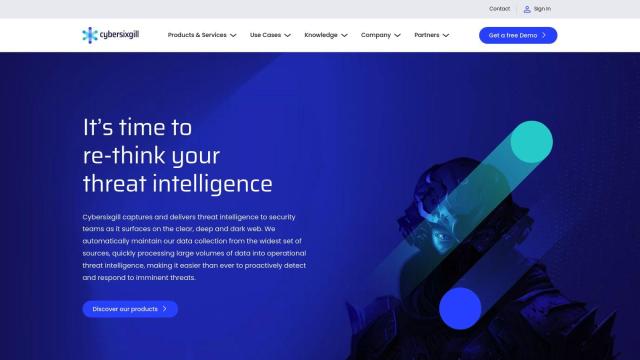
Cybersixgill
Last, Cybersixgill offers real-time visibility into threat actor activity on the clear, deep and dark web. By offering a secure portal to the dark web, Cybersixgill lets security teams see what threat actors are up to, and take proactive measures to protect their networks and systems.

